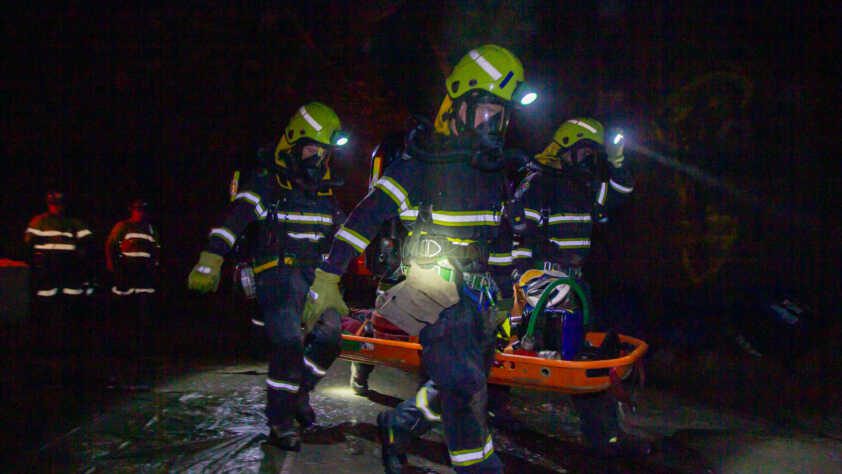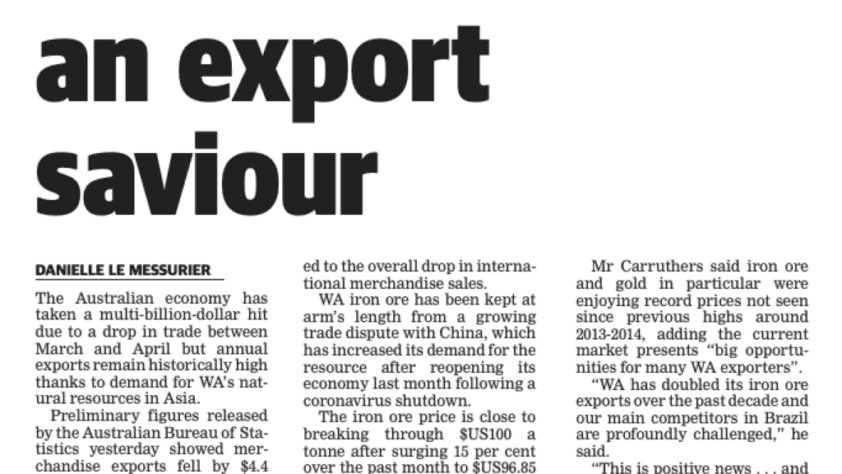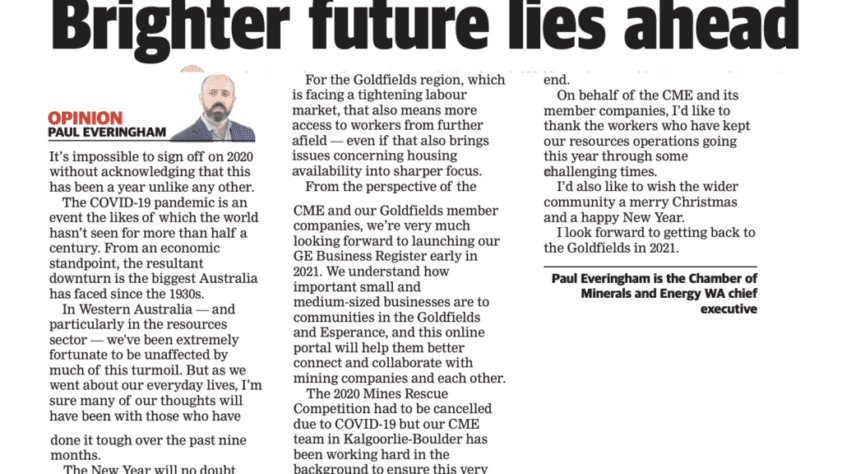The downstream opportunity
Western Australia is already leading the race in the production of some of the most sought-after raw commodities needed to fuel the global energy transition, and now we’re about to do the same with downstream processing.
US-based Albemarle Corporation’s $2.25 billion investment to double the production capacity of its Kemerton Industrial Park, located near Bunbury, will place Western Australia at the top of the list of producers of lithium hydroxide – the key ingredient in the production of lithium-ion batteries – outside of China, when construction is completed in 2026.
Operating at full capacity, the Kemerton plant would be able to produce up to 100,000 metric tonnes of lithium hydroxide per annum – that’s equivalent to the powering of about 2.4 million new electric vehicles a year.
It’s an investment that further bolsters its position as one of WA’s top lithium producers, alongside counterparts Mineral Resources, Pilbara Minerals and Tianqi Lithium Corporation (the latter of which jointly owns and operates the Greenbushes Lithium Mine with Albemarle).
Lithium hydroxide fetches a much higher price from EV manufacturers than its raw, unprocessed counterpart, and realising a greater return for this refined product will be a significant value-add for both the WA and national economies, especially as the world continues transitioning to clean energy technologies in line with the Paris Agreement to reach zero emissions by 2050.
In reaching that mandate, recent figures by the International Energy Agency have indicated that at least six times more critical mineral inputs are needed in 2040 than in 2020, as well as a quadrupling of critical minerals inputs to clean energy technologies by the same time.
It was disappointing, then, to see no commitments by the Federal Government to further boost Australia’s downstream processing capabilities in the recent budget.
Critical minerals assets are often developed by junior and mid-tier companies that require access to external capital, and securing financing can be challenging as investors consider the volatility and transparency of critical minerals markets.
Australia can be a high-cost environment compared to its competitors, with greater costs associated with labour, land, transport, taxes, foreign investment fees, and regulatory processes, and downstream processing infrastructure typically requires billions in capital investment. Unlike competitor jurisdictions, it can be difficult to access suitable ‘turnkey’ ready land with adequate services, chemical inputs, transport logistics, and port throughput capacity.
But globally, the investment landscape is increasingly challenging and there lies an enormous opportunity to incentivise investment within Australia to attract capital that is otherwise flowing to jurisdictions with significant established investment incentives.
Initiatives like the Inflation Reduction Act (IRA), designed to enhance the United States’ critical minerals supply chain capabilities and downstream industry, total US$700 billion and have already attracted global investment capital from other jurisdictions. Recent news that Australian companies will be able to share in this pool poses a major opportunity for realising domestic downstream investment.
Separately, while Australia may not be able to outspend the US, our state and federal governments are well positioned to offer strategic incentives to ensure we can play a globally significant role as a trusted strategic partner.
To capitalise on the potential share of economic value to be captured domestically, a continued commitment to both sustainable, competitive upstream raw materials production and downstream processing infrastructure is crucial.
CME and its member companies are applying urgency and collaboration in their partnership with government and key stakeholders to ensure that Western Australia remains an attractive investment jurisdiction that fosters the ongoing expansion of the critical minerals sector that is crucial for our achievement of decarbonisation by 2050.
We know that our raw, critical minerals are at the forefront of this transition, but we need to ensure the capacity of our downstream capabilities complement this.




